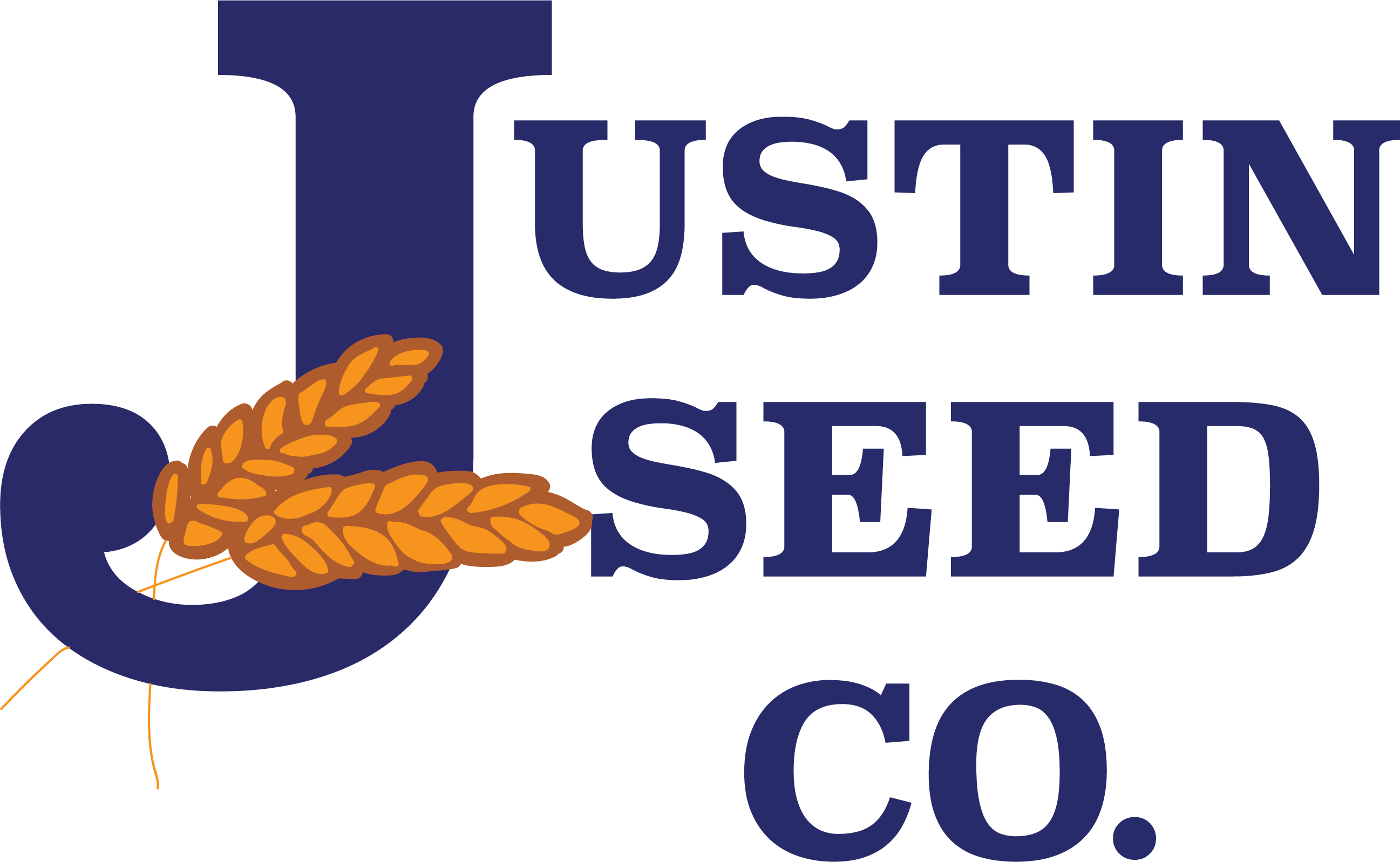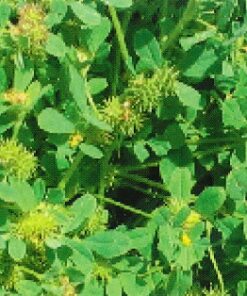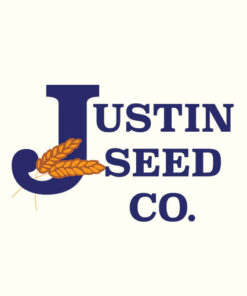Cowpea, Red Ripper
Good for legume cover and wildlife. and soil improvement, needs warm soil. Seed are maroon in color and hard-seeded.
Good for legume cover and wildlife. and soil improvement, needs warm soil. Seed are maroon in color and hard-seeded.
| Planting Time | Planting Rate Acre |
| Late Spring | 15-25 lb. rows. 40-60 Broadcast |
| Weight | 1 lbs |
|---|
Be the first to review “Cowpea, Red Ripper” Cancel reply
You must be logged in to post a review.
Related products
Selection of naturalized little burr medic developed by Dr. William R. Ocumpaugh of the TAES-Beeville and released by Texas Agricultural Experiment Station.
An upright, cool-season, reseeding annual legume originating from Euraia that grows to a height of 40 to 50 inches under good conditions. Seeds germinate in the fall, but grow slowly during the winter.
Good legume cover. Excellent for quail and deer. Produce forage in 45 days with maturity in 100 days. Plant April - August.
Red winter beardless wheat that is adaptive across the south to be used as a forage wheat. Beardless wheat has little to no awns which allows continued grazing when the seed is setting in late spring.
Annual legume and the source of guar gum. Assumed to have developed from the African species Cyamopsis senegalensis.
Native, cool-season perennial which can grow up to three feet tall. The plant produces a basal rosette of leaves that can grow eight inches long.
Piper Sudan is not a Hybrid Sudan. Piper Sudan is an open-pollinated Sudan that is one of the parents of many Hybrid Sudan. The seed looks more like Johnsongrass and the plant grows out better than Johnsongrass but not as well as Hybrid Sudan.
A major forage crop for the southeastern United States. Common, Kobe, and Korean Lespedeza are annuals. Sericea Lespedeza is perennial.












Reviews
There are no reviews yet.